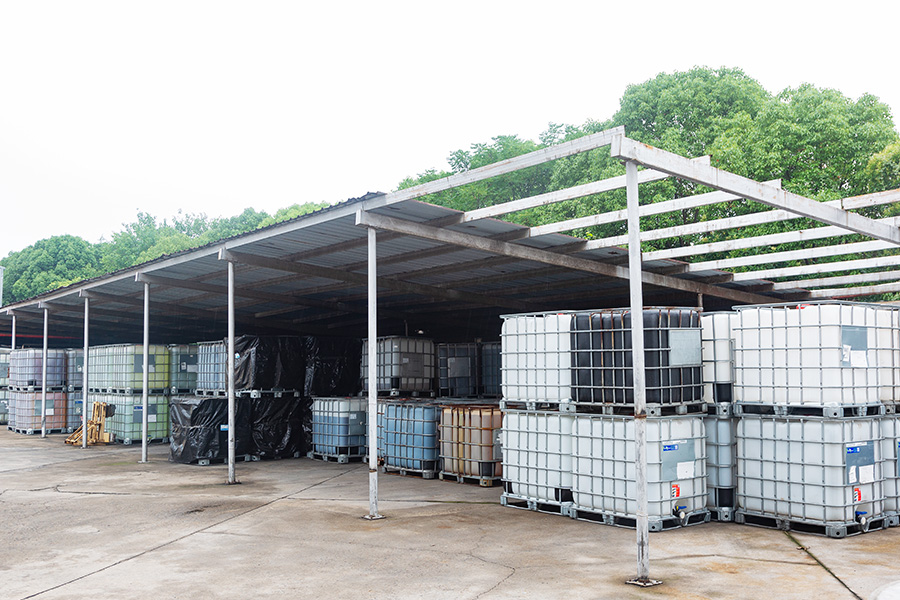In the oil and gas industry, inhibitors are specialized chemical compounds used to prevent or reduce the rate of undesirable chemical reactions and physical processes that can damage equipment, pipelines, or production efficiency. These inhibitors are essential in maintaining the integrity of assets, ensuring operational safety, and extending the lifespan of infrastructure. Their application spans upstream (exploration and production), midstream (transportation), and downstream (refining and distribution) sectors of the industry. The primary types of inhibitors include corrosion inhibitors, scale inhibitors, hydrate inhibitors, paraffin inhibitors, and biocides.
Corrosion Inhibitors
Corrosion is one of the most prevalent and costly challenges in the oil and gas sector. It occurs when metals, particularly carbon steel used in pipelines and equipment, react with water, carbon dioxide (CO₂), hydrogen sulfide (H₂S), and other corrosive agents. Corrosion inhibitors are chemicals that form a protective film on the metal surface or modify the corrosive environment to slow down or stop this electrochemical process. These inhibitors can be categorized as anodic, cathodic, or mixed-type, depending on the part of the corrosion process they affect. Common compounds used include amines, phosphate esters, and imidazolines. Continuous or batch injection of these inhibitors is vital in offshore and onshore operations, especially where sour gas or high salinity water is involved.
Scale Inhibitors
Scale inhibitors prevent the formation and deposition of mineral scales such as calcium carbonate, barium sulfate, and strontium sulfate. These scales can clog production tubing, valves, and pumps, leading to flow assurance problems and reduced production rates. Scaling typically occurs when incompatible waters mix or when pressure and temperature changes cause salts to precipitate out of solution. Scale inhibitors work by delaying nucleation, crystal growth, and agglomeration processes. Phosphonates, polyacrylates, and polycarboxylates are commonly used scale inhibitors. They are usually injected continuously into the production system or applied via squeeze treatment into the reservoir.

Hydrate Inhibitors
Gas hydrates are ice-like solids formed when water and natural gas (mainly methane) combine under high pressure and low temperature conditions, particularly in subsea pipelines. These hydrates can plug flowlines, posing serious safety and operational risks. Hydrate inhibitors are classified into two main categories: thermodynamic inhibitors (such as methanol and monoethylene glycol) which alter the pressure-temperature equilibrium to prevent hydrate formation, and low dosage hydrate inhibitors (LDHIs), including kinetic inhibitors and anti-agglomerants, which allow for safe transportation of hydrates without large capital investment. These are especially important in deepwater production.
Paraffin (Wax) Inhibitors
In colder environments or during deepwater production, paraffinic hydrocarbons (waxes) in crude oil can precipitate and deposit on pipeline walls, restricting flow. Paraffin inhibitors, also known as wax inhibitors or pour point depressants, are chemical additives that modify the size and shape of wax crystals or prevent their agglomeration. These additives reduce the viscosity and pour point of crude oil, maintaining flowability. Common paraffin inhibitors include ethylene-vinyl acetate copolymers and other polymeric surfactants. They are selected based on crude composition and production conditions.
Biocides
Microbiologically influenced corrosion (MIC) and biofouling caused by sulfate-reducing bacteria (SRB), iron bacteria, and slime formers can severely impact the integrity of equipment and water handling systems. Biocides are chemical inhibitors used to control microbial growth in injection water, storage tanks, and pipelines. They are broadly categorized into oxidizing (e.g., chlorine, hypochlorite) and non-oxidizing biocides (e.g., glutaraldehyde, THPS). The choice of biocide depends on factors like compatibility with system materials, toxicity, and environmental regulations.
Environmental and Operational Considerations
The use of inhibitors must balance effectiveness with environmental and safety concerns. Many oil and gas operations, especially offshore, are subject to strict discharge regulations. Therefore, the selection of environmentally friendly or "green" inhibitors that are biodegradable and non-toxic is gaining importance. Additionally, compatibility with reservoir fluids, materials, and other production chemicals must be carefully evaluated during inhibitor selection. Field trials and laboratory testing are typically conducted to optimize dosage rates and injection strategies.
Conclusion
Inhibitors play a critical role in safeguarding oil and gas infrastructure and ensuring uninterrupted production. By mitigating corrosion, scaling, hydrate formation, paraffin deposition, and microbial growth, these chemical agents significantly reduce maintenance costs, unplanned downtime, and environmental risks. As the industry moves toward more challenging environments—such as deepwater, high-pressure/high-temperature (HPHT) fields, and unconventional reservoirs—the development of advanced, cost-effective, and environmentally sustainable inhibitors remains a key area of innovation and research.
 En
En
 عربى
عربى 中文简体
中文简体

